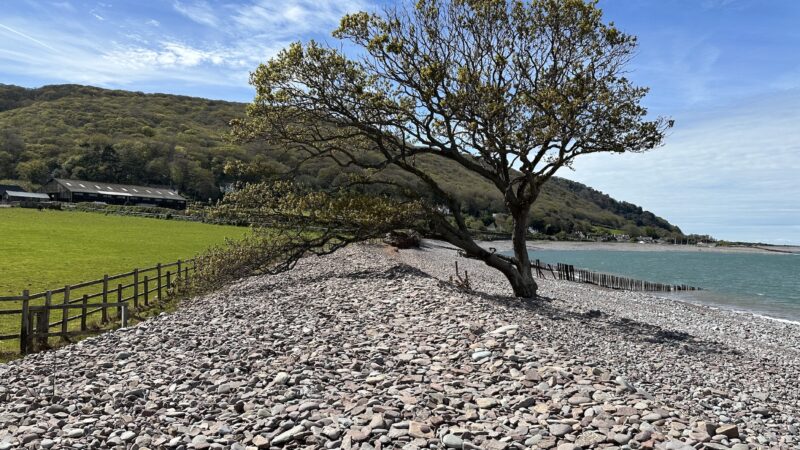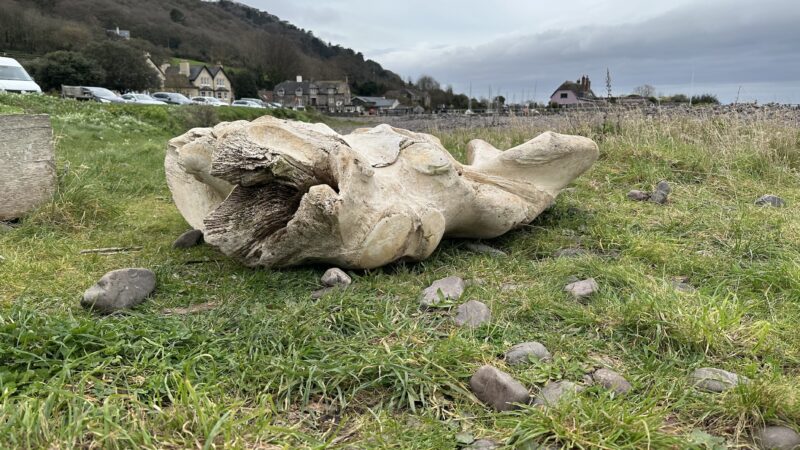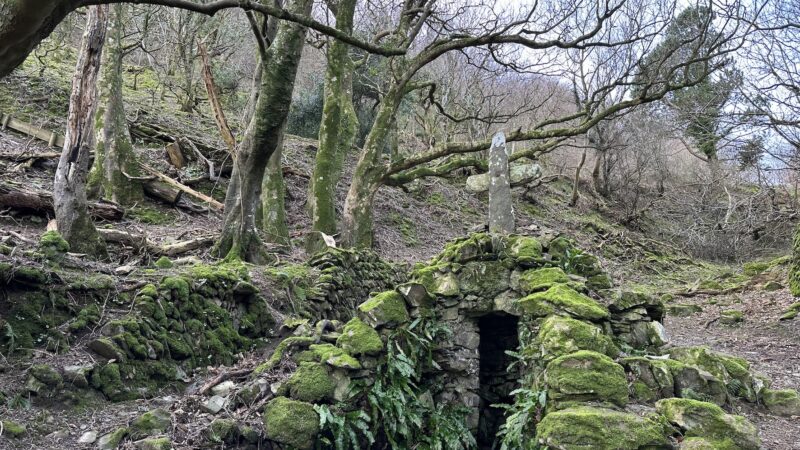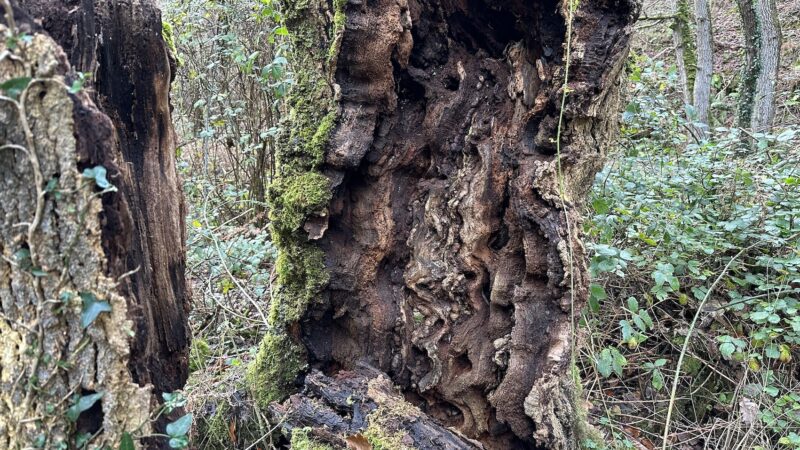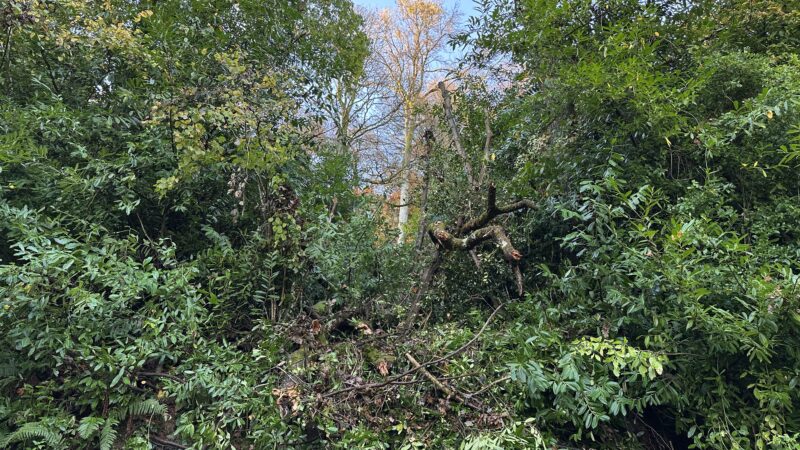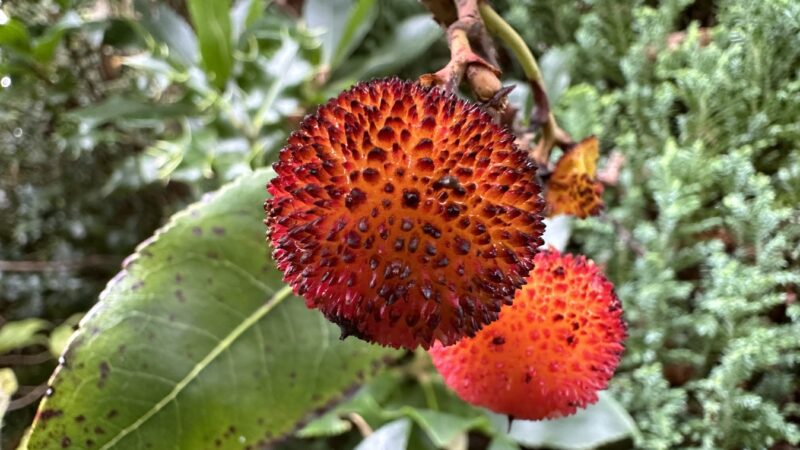Shannies and crabs – these rockpools whirl with life
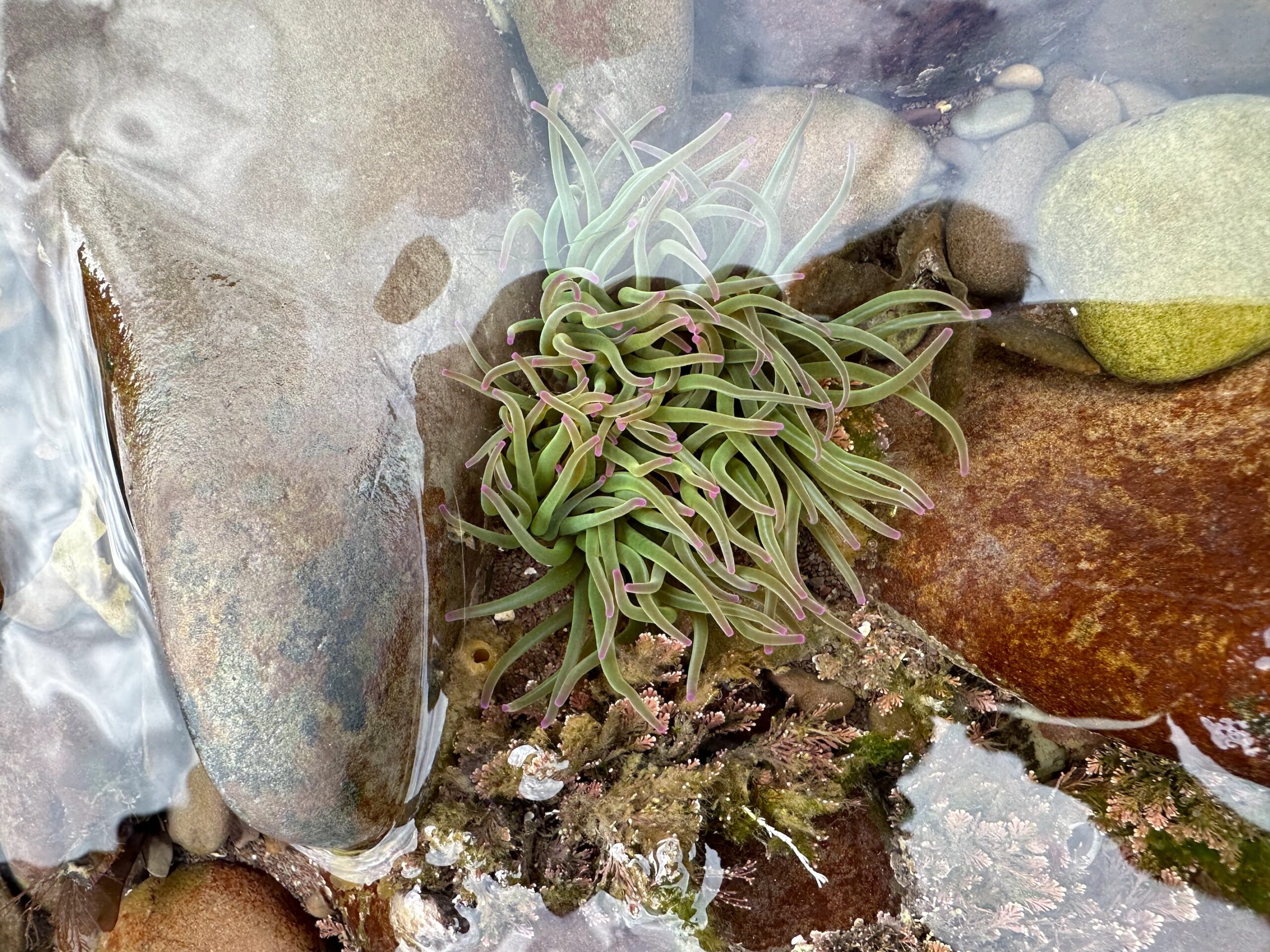
Half a mile beyond the narrow harbour at Porlock Weir are some of the richest rockpools in Somerset. When the tide drops at Gore Point it reveals a pavement of stones rammed hard by the action of the waves. Between the cobbles and boulders are a series of shallow sea puddles, silvery pieces of fallen sky, some no larger than dinner plates, others the size of parachute canopies.
Here, beadlet anemones cling like blobs of jam among green, filmy sheets of sea lettuce. Stiff fans of tufted coral weed, red edged with white, push against gummy clumps of Irish moss. Blistered skeins of brown bladderwrack drape laxly over damp crevices, crisping and turning khaki as they dry out in the sun.
At first glance, all seems motionless. Dip a finger in and the water is tepid and salty, warmer than the air blowing across the beach. But if you sit still and watch, you realise that everything is moving: swaying, sliding, whirling, darting.
There’s a shrimp rummaging in the weed, its weightless cellophane body striped and dotted with black markings. A green shore crab no larger than a fingernail fusses around a pocket of sandy grit. In a crevice nearby, a sizable grove of snakelocks anemones wave their long emerald tentacles tipped with lilac. A sudden flick – a shanny darts beneath a stone. These small fish are common along the Somerset coast, but hard to see because they’re so well camouflaged.
More obvious is a painted topshell oozing slowly along a rock edge. It’s banded red and white in a spiral coil that culminates in an iridescent point of glimmering pinks and purples.
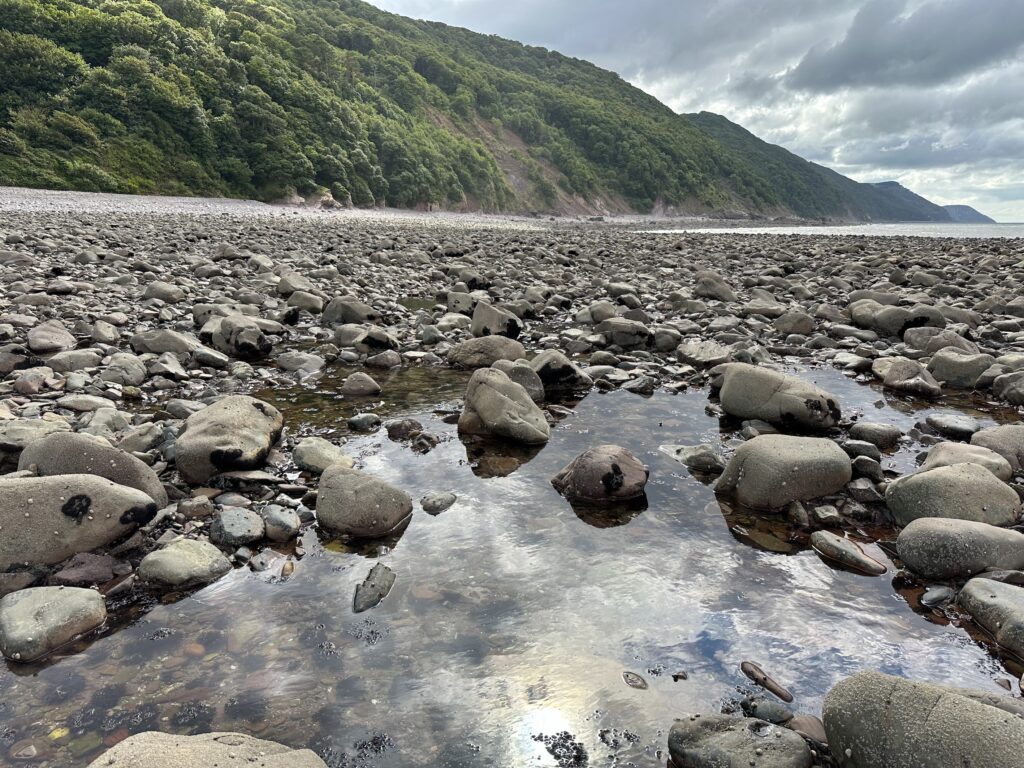
Looking across the shingle to check the incoming tide, my eye is caught by the white chalky remains of another branch of the mollusc family, a shuttle-shaped cuttlefish bone. Cuttlebones are made of the same calcium structure as snails’ shells but form inside rather than outside the creature. The animals live in open ocean and their remains are often washed up on westerly beaches after stormy weather. This one is fresh, still with its bleached membrane, and must have come in with the recent summer gales.
First published in The Guardian’s Country Diary on 3 August 2023.
